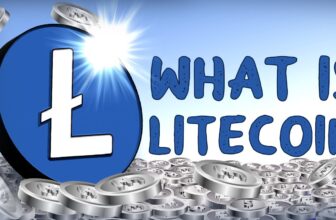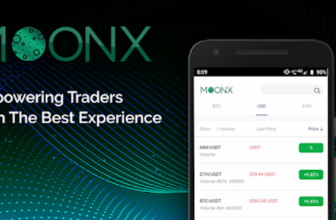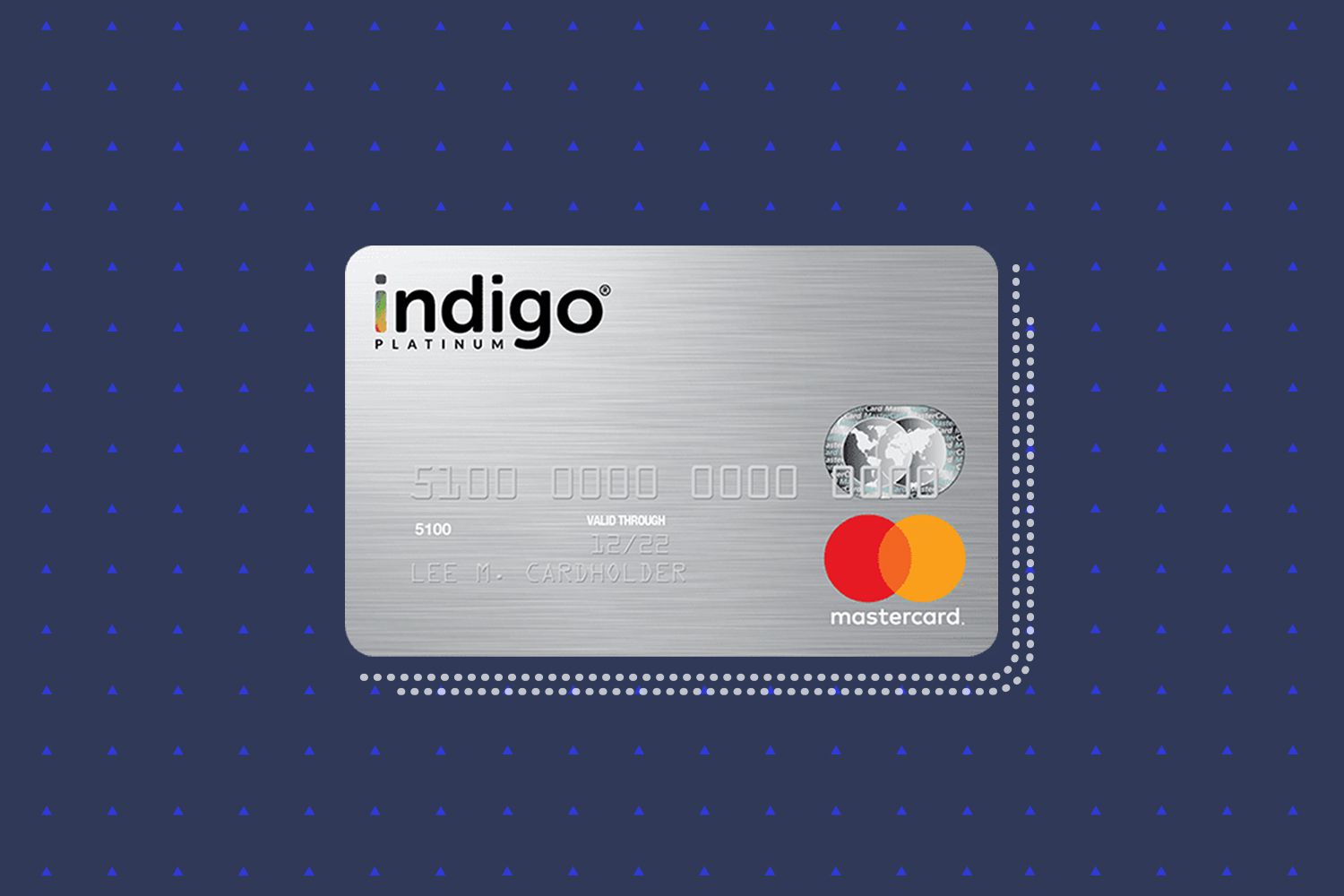
If you are looking into Indigo cards, chances are your credit score is not ideal. So the subheading above has probably raised your eyebrows. It should. If you have less than perfect credit and your card’s annual fee depends on your credit score, does anybody think the lower the score the lower the fee?
Let’s cut to the chase: this card is far from being the best option when it comes to cards for people with bad credit. Yes, the Indigo card is advertised as an option for those with less than perfect credit. But let’s be honest, what they offer their clients only contributes to further worsening the financial situation of those already struggling to make ends meet.
The card does report to all three major credit bureaus (TransUnion, Equifax and Experian). From that you can conclude it does help you build credit if – and that is a big if – you can stay on track with payments. Take into account your ongoing annual fee will be either $59 or $99. Unless you are a new cardholder, in which case the fee is $75 for the first year.
But do not stop reading just now. There is quite a bit you can learn about the financial world just by thinking about why would any issuer even offer such bad credit cards.
Table of Contents
Is it worth having an Indigo card?
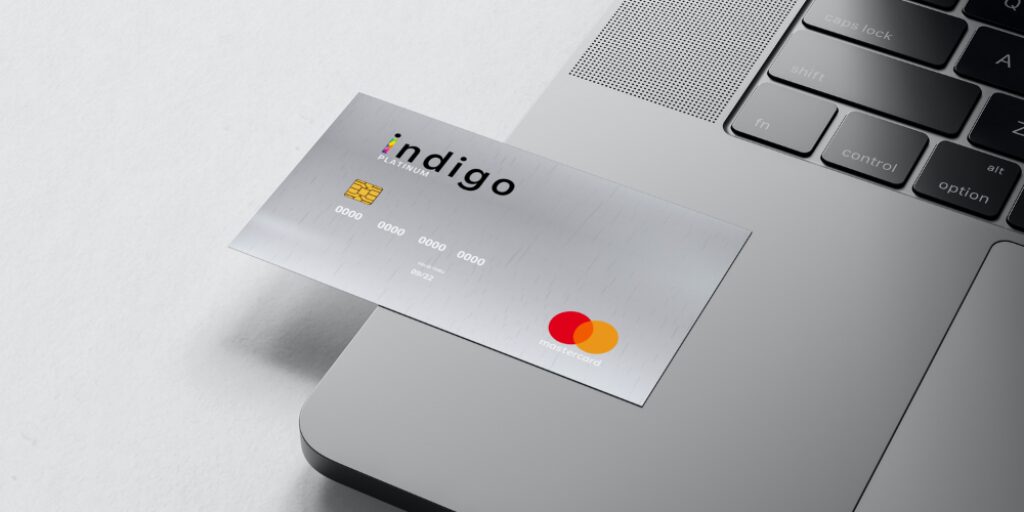
Source: valuewalk.com
The financial system is a complex maze which evolved much faster than the life conditions it purports to improve. Nowadays there are fewer and fewer countries where access to financial services is a privilege of the elite. People from all stratas of society can now go to a bank, open an account and obtain a credit card.
This is progress. Access to credit is empowering. But, as Peter Parker’s uncle Ben would say, with great power comes great responsibility. Being responsible with your credit requires knowledge and wisdom, and both of these take time and dedication to develop.
But we live in a world where there are people struggling to just put food on the table. It is true, material conditions have improved throughout history, notwithstanding the impact this had on the environment.
But with the endless stream of advertising promoting mindless consumption even to the poor, we must ask ourselves: How many people do you think take the time, or even are allowed the luxury of the sort of time and dedication we are talking about?
Therefore, people will tend to misuse credit. Not only that, credit providers will prey on uninformed people and basically keep them enslaved through debt. This is the sort of trap Indigo cards set up for you, while promising it will help you fix your bad credit. To help you put things into perspective, let’s compare these cards’ pros and cons.
Indigo cards: pros and cons
After learning what you have learned about Indigo cards, if you are still reading until this point, you probably still have hope they have something to offer. So putting pros and cons side by side will help you get a better grip on what this card is about.
Indigo cards pros

Source: pexels.com
The first pro of this card is what it is advertised: people with bad credit may qualify. You can also pre-qualify without hurting your score before formally applying for the card. This will give you some foresight into the kind of offer you will get once you opt for an Indigo card.
Pre-qualifying, however, does not mean you will be approved. It means you are likely to get approved. Your application will still be subject to review, and this comes with the habitual ding to your credit score, although temporarily.
Another pro of the Indigo card is the fact that it does not require a security deposit. But with such high annual fees and a low $300 credit limit, the fact that it does not require a security deposit does not add much to the card. But hey, (irony alert) they offer multiple design options too!
Indigo cards cons
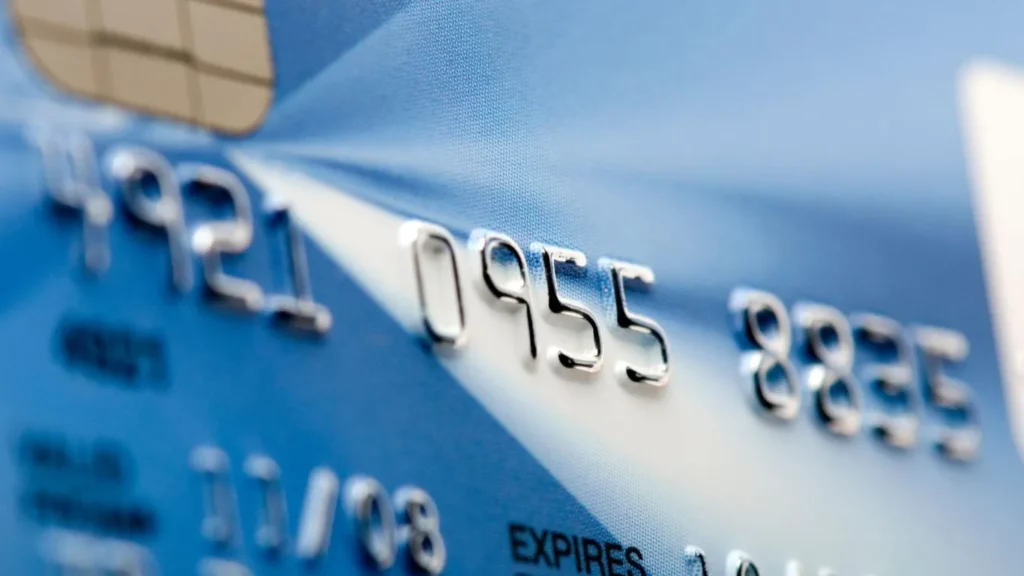
Source: cntraveller.in
Here is something to think about. An important part of maintaining a healthy credit score has to do with your credit utilization ratio. That is, the amount of debt you incur compared to the credit you have available for you. As a rule, you do not want to use more than about 30% of your available credit. But how can you do that while paying a $99 annual fee on a $300 credit limit?
It is not like someone applying for a $300 line of credit is not going to use more than $100. They may not even have $100 to pay down the balance. For someone in this kind of situation, spending higher than 30% of their credit limit is just survival. Creditworthiness is secondary.
None of the Indigo cards offer low introductory APR, membership fees or rewards, and depending on your annual fee, your credit limit could be even lower than $300. For example, for a $59 annual fee account, you may only get a credit limit of $241. That is because the issuer assesses setup as well as maintenance fees.
In conclusion
If you have read until this point, it should be clear to you not only that Indigo cards are a very bad option, but also that financial literacy is key. There are a number of cards for those with a bad credit score or even no credit history at all. Many of them offer $0 annual fee, and low introductory APR. In general, it will be hard to find credit cards that offer rewards for people with less than perfect credit. But if you do your research, you can even find a few that do.
In a world where the imperial fleet of banks and financial institutions is set out to capture and enslave you through debt, you must make yourself a pirate. Hunt for information, do not bow down, dig deep, and you will find hidden treasures.




